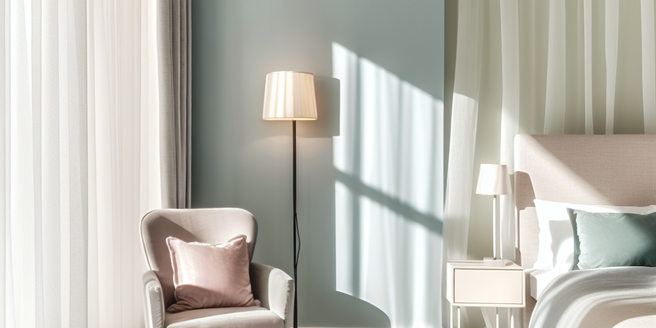Evaluating Natural Lighting In Apartments

Understanding the Importance of Natural Light
Natural light is essential in creating a welcoming and comfortable living environment. It not only makes a space feel larger and more open but also contributes to mental and physical well-being. Natural light helps in regulating the body’s circadian rhythms, improving sleep, and enhancing mood. Additionally, spending time in naturally lit spaces can boost productivity and creativity. Moreover, well-lit spaces tend to demand less artificial lighting, reducing energy costs. When evaluating an apartment, paying attention to the availability and quality of natural light can significantly affect your living experience. It’s crucial to consider the direction your windows face, as well as the number and size of windows, as these factors determine the amount of light that enters your space.
Assessing Window Placement and Size
The placement and size of windows are key factors in maximizing natural light in an apartment. Large windows that face south or west typically capture more sunlight throughout the day. When assessing a potential apartment, notice how windows are configured in each room. The orientation and placement of windows can significantly impact the overall ambiance of the living space. Strategically placed windows not only enhance natural lighting but also improve ventilation. Rooms with multiple windows can have more even light distribution, reducing the need for artificial lighting. Additionally, consider vertical windows that extend closer to the ceiling, as they can allow light to penetrate deeper into the space, resulting in a brighter interior.
The Impact of Building Orientation
Building orientation profoundly influences the amount and quality of natural light an apartment receives. A south-facing apartment will generally benefit from more direct sunlight throughout the day, making it brighter and warmer. East-facing units get abundant morning light, while west-facing ones enjoy afternoon sun. Conversely, apartments with poor orientation might require additional artificial lighting. However, north-facing apartments might struggle with less sunlight exposure. It’s important to consider the orientation of your apartment building when evaluating natural lighting. The ideal orientation can enhance both the aesthetics and functionality of the living space. Balancing sunlight exposure with energy efficiency and comfort can lead to a more pleasant living experience. This assessment helps in understanding potential heat gain and cooling costs.
Evaluating Interior Layout and Light Flow
The interior layout of an apartment significantly affects how natural light flows between rooms. Open floor plans facilitate better distribution of light, reducing the need for artificial lighting during the day. When evaluating an apartment, notice how light moves from one room to another. It is also important to assess the orientation of windows and their size, as this can greatly impact the amount of natural light that enters the apartment. Avoid spaces with excessive internal walls and dark hallways that could block light. Consider the use of reflective surfaces like mirrors and lighter color palettes that amplify light within the space. These elements contribute to a brighter and more inviting atmosphere, enhancing the apartment’s overall appeal.
Tips for Enhancing Natural Light in Your Space
Enhancing natural light in your apartment can transform your living experience. Use light, sheer curtains to maximize window exposure while maintaining privacy. Arrange furniture to avoid blocking windows and allow for an unobstructed path of light. Incorporate various sources of task lighting in areas less exposed to sunlight. Adding plants can also enhance the natural ambiance and complement the lighting improvements. Incorporate mirrors to reflect light and create an illusion of a brighter, more spacious room. Opt for lighter color schemes on walls and ceilings to emphasize light diffusion. Additionally, consider installing skylights or light tubes in areas that lack sufficient windows. These practical adjustments can significantly enhance natural light, making the apartment more energy-efficient and aesthetically pleasing.